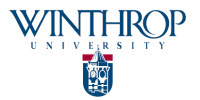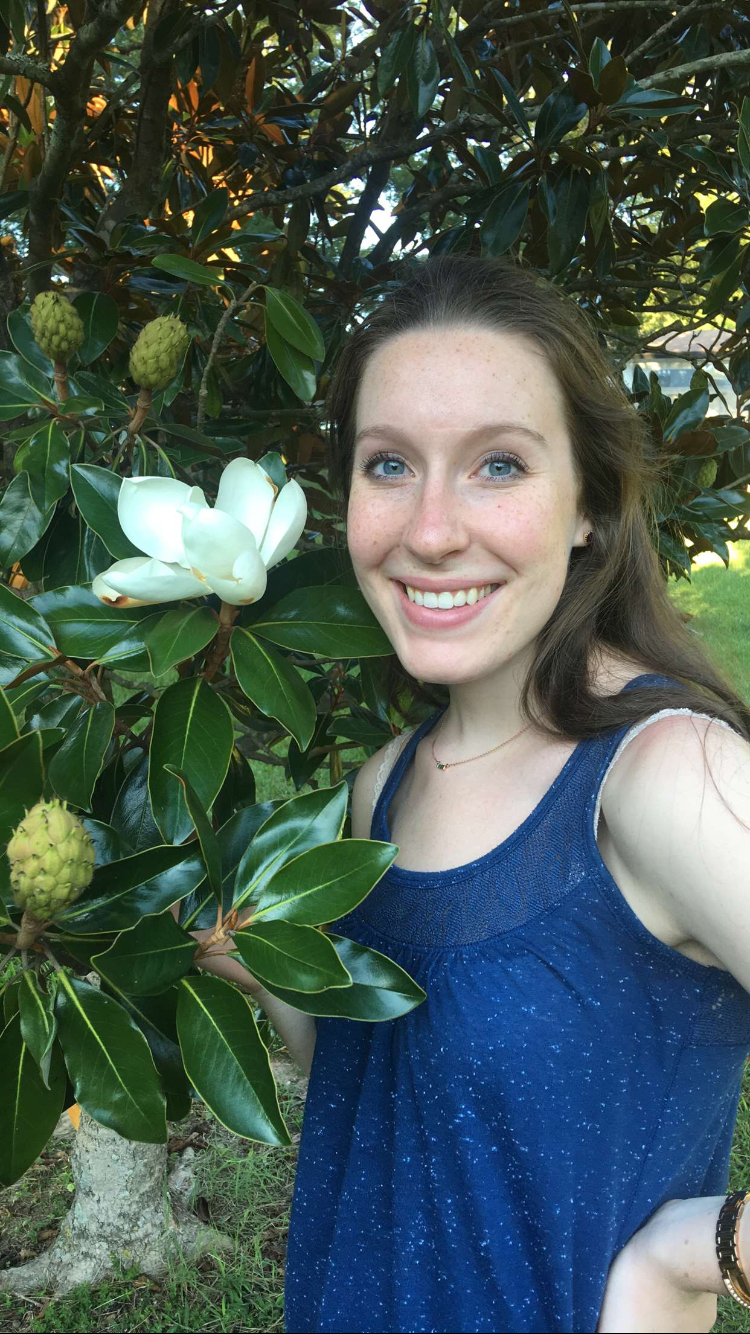Below is a summary of the abstract you submitted. Presenting author(s) is shown in bold.
If any changes need to be made, you can modify the abstract or change the authors.
You can also download a .docx version of this abstract.
If there are any problems, please email Dan at dar78@pitt.edu and he'll take care of them!
This abstract was last modified on April 23, 2018 at 3:33 p.m..

This is Winthrop University’s second year as part of the SEA-PHAGES program (Phage Hunters Advancing Genomics and Evolutionary Science) sponsored by the HHMI Science Education Alliance. During fall 2017, ten students used microbiological techniques to each isolate a unique bacteriophage that infected the bacterial host Mycobacterium smegmatis<sup>mc2 155</sup>. Individual phages were purified to obtain identical plaque morphologies and then amplified to collect high viral titer (HVT) lysates. Using transmission electron microscopy (TEM), the phages were visualized and shown to all belong to the Siphoviridae group of mycobacteriophages. Molecular techniques, including the comparison of restriction enzyme digest patterns of the viral DNA, enabled the students to decide on which phages should be further analyzed at the genomic level. Three, Rhynn, ExplosioNervosa, and Hamish, were sequenced at Pittsburg State University. Rhynn and ExplosioNervosa shared sequence homology with known members of the Cluster A mycobacteriophages. Rhynn belongs to sub-cluster A1 and ExplosioNervosa belongs to sub-cluster A9, each containing approximately 90 open reading frames. Hamish belongs to sub-cluster B1. ExplosioNervosa is 53,014 bp in length with 61.9% GC content, while Rhynn is 52,522bp in length with 62.0% GC content. Hamish is 68,585 bp in length with 66.5% GC content, and has approximately 100 putative genes. In addition to the mycobacteriophages, we used a relatively new program host organism, Microbacterium foliorum, as a pilot organism for next year. The Microbacterium foliorum strain NRRL B-24224 SEA was originally isolated from grass in Germany. Phages that infect this species have been classified according to their genome sequences and organized into clusters EA, EB, EC, ED, EE, EF, EG, and EH, with a small number of singletons. A novel soil phage, Scamander was subsequently characterized. Scamander, also belonging to the Siphoviridae, was identified following sequencing as a member of the EE sub-cluster. Only three EE phages have been annotated to date. Scamander is 17,452 bp in length with 27 putative open-reading frames and 68.7% GC content. The resulting annotation revealed 19 of the 27 genes were associated with known function. This is a relatively high percentage compared to other phages. In addition, we identified a -1 frameshift in the tail assembly chaperone at nucleotide position 7, 284. This research not only adds to the increasing characterization and knowledge of novel phages being discovered in this area of South Carolina but also continues to include Winthrop University and its students as members of a nationally renowned research program.


